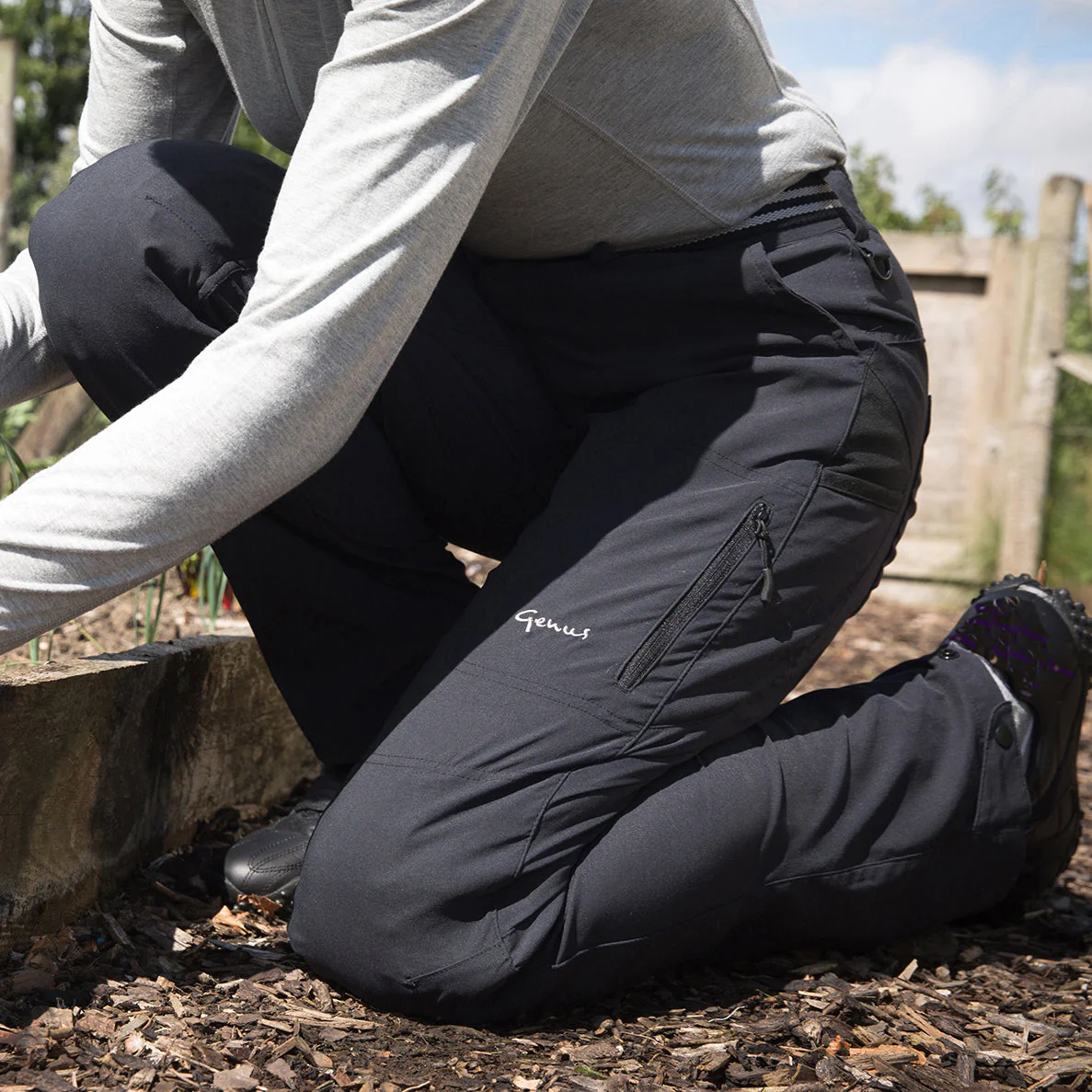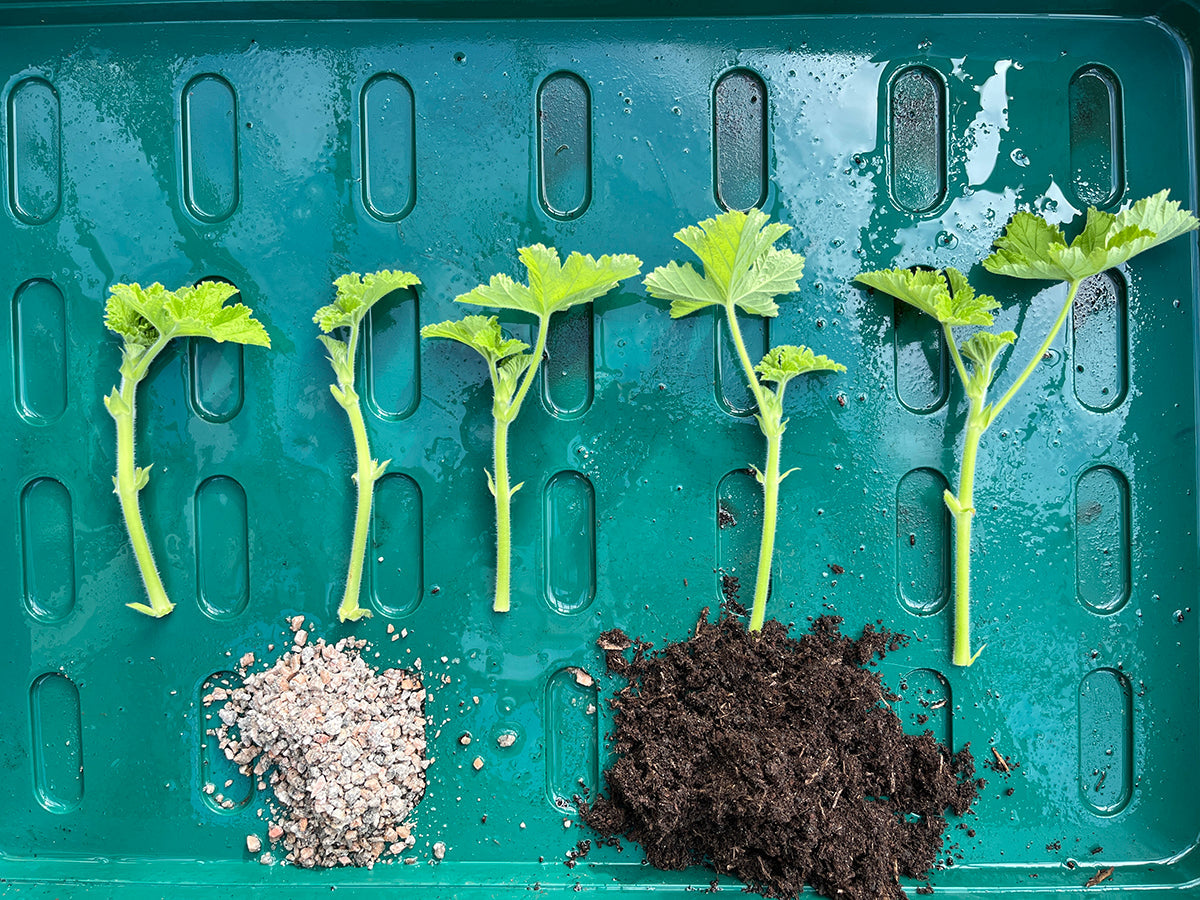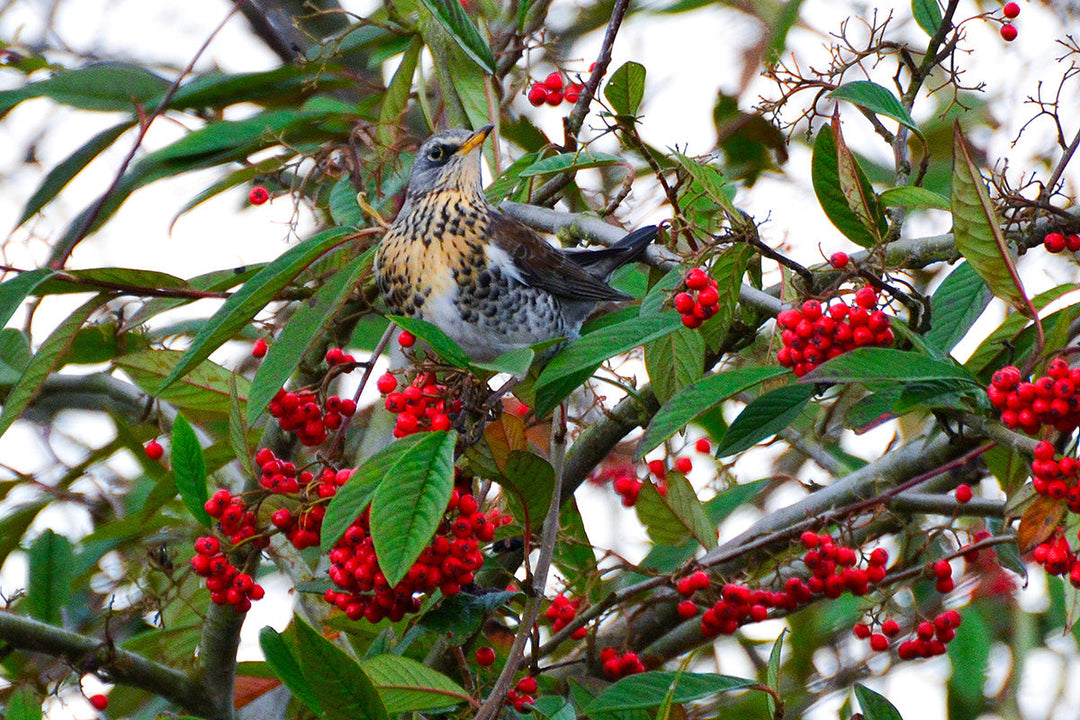Plant of the month - ivy

One of the most misunderstood plants in our gardens, ivy is lush, evergreen, symbolic and valuable to insects and wildlife.
English ivy (Hedera helix) is the most common form of ivy found in the UK, well known for its glossy, green leaves and vigorous climbing habit. However, when mature it’s also a prolific flowering plant in autumn, supporting bees, hoverflies and butterflies when other sources of nectar are scarce; by the end of this month its pretty, round flowers will finish blooming and begin turning into black, berry-like clusters of fruit which are very nutritious for garden birds.
Ivy is well known for using trees and walls for support, climbing upwards for light - however, it’s not a parasite. Ivy receives water and nutrients from its own root system, not its tree host - nor does it bore into walls and damage them. In fact, studies show that ivy can be beneficial to buildings, keeping them cooler in summer and drier in winter, as well as trapping pollution.
Ivy can grow just about anywhere: it’s very tolerant of shade and will also cope with full sun. It grows up walls and along fences, and can be a very useful form of groundcover. In its juvenile stage of growth it sends out long shoots with lobed leaves, which seek to go upwards and cling on with roots which grow out of the stems. After around 10 years, when the plant is well established, its growth habit changes and it becomes shrubby, with oval leaves and clusters of flowers.
Regular pruning can help keep ivy from becoming overgrown and top heavy, and this is best done in spring.
As well as its traditional Christmas connotations, ivy was often woven into a wreath worn around the head by ancient Greeks and Romans who believed it would prevent the wearer from getting drunk. Ivy was also a symbol of fidelity and is still used today in bridal bouquets.











